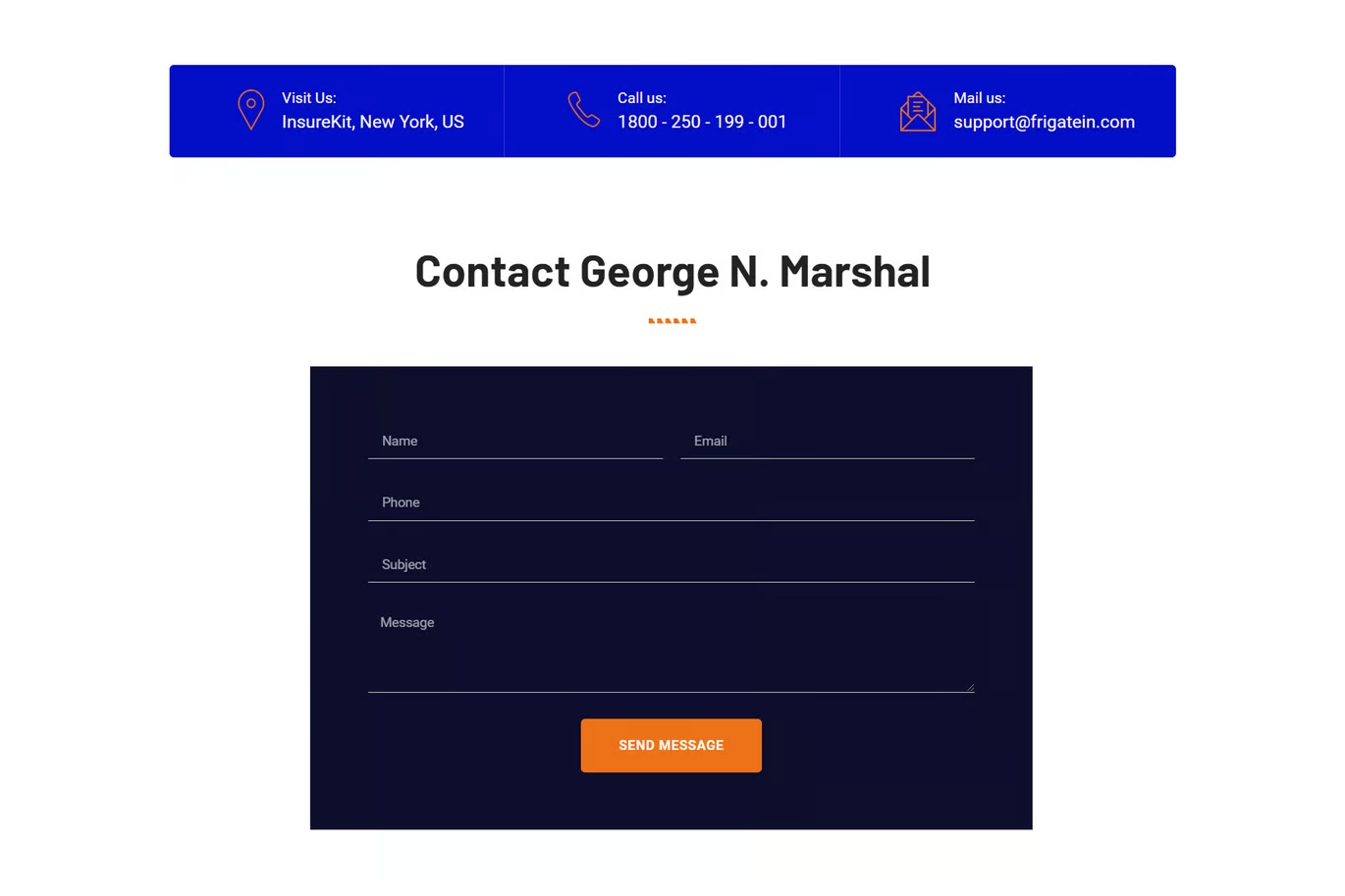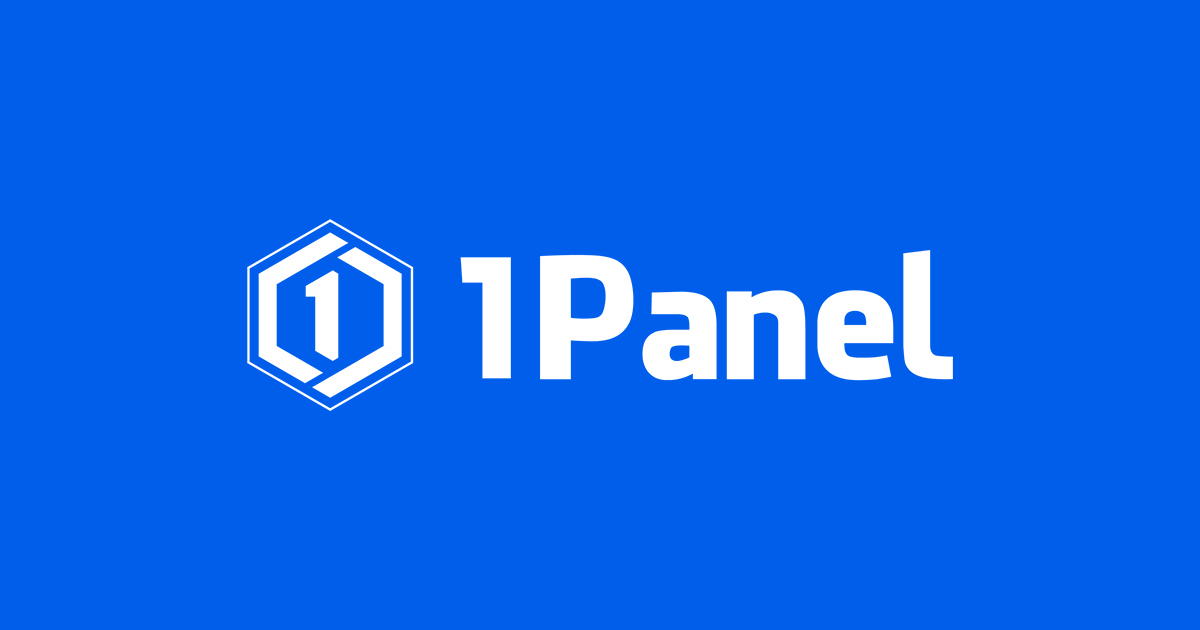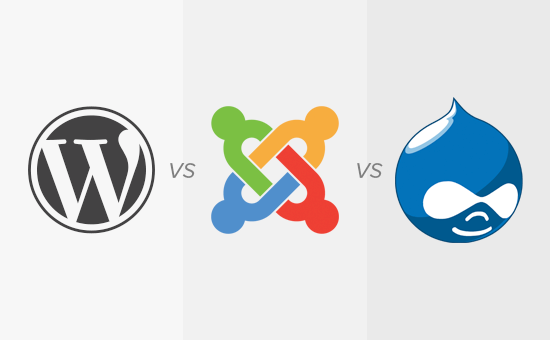Elementor is a popular page builder for WordPress, with an intuitive drag-and-drop interface and a wealth of design options to make website design more efficient. Websites built with Elementor that are not optimized can affect search engine rankings and user experience. This article will discuss how to optimize page structure and loading speed when using Elementor to improve your website's SEO performance.
I. Optimizing page structure
![Image [1]-Elementor and SEO: Best Practices for Optimizing Page Structure and Loading Speed](http://gqxi.cn/wp-content/uploads/2025/05/20250515094725702-image.png)
1. Rational use of title tags (H1-H6)
Ensure that only one H1 tag is used per page, usually for the main title of the page. Other subheadings should be labeled with H2 through H6 tags in order to create a clear hierarchy of content.
2. Using semanticized HTML elements
Elementor can be set up for each section HTML tagse.g. , etc. Proper use of these semanticized tags helps search engines better understand page content.
3. Adding internal and external links
Appropriately adding links to other pages on the site (internal links) and links to authoritative sites (external links) to the content helps to improve the relevance and authority of the page.
4. Optimization of alternative text for images (Alt Text)
Adding descriptive alternative text to all images not only helps search engines understand what the images are about, but also improves accessibility.
II. Improving loading speed
Page load speed is an important factor in user experience and search rankings.
1. Enabling caching
Using a caching plugin (such as WP Super Cache,W3 Total Cache or WP Rocket) can cache page content.Reduced server requests, speeding up page loading.
![Image [2]-Elementor and SEO: Best Practices for Optimizing Page Structure and Loading Speed](http://gqxi.cn/wp-content/uploads/2025/05/20250515095601877-image.png)
2. Optimization of image size
Before uploading an image, use a tool (such as TinyPNG or ImageOptim) to compress the image size and reduce loading time. Also, use appropriate image formats (such as WebP) to further enhance performance.
![Image [3]-Elementor and SEO: Best Practices for Optimizing Page Structure and Loading Speed](http://gqxi.cn/wp-content/uploads/2025/05/20250515095826281-image.png)
3. Reduce the use of excessive widgets and plug-ins
Although Elementor provides a rich set of widgets, overusing them can add to the page's load. Use only the necessary widgets to avoid loading unnecessary resources.
4. Use of content delivery networks (CDNs)
The CDN (e.g. Cloudflare or StackPath) to distribute web content can reduce server load and speed up global access.
![Image [4]-Elementor and SEO: Best Practices for Optimizing Page Structure and Loading Speed](http://gqxi.cn/wp-content/uploads/2025/05/20250515095937129-image.png)
5. Lazy Load
Enable delayed loading for images and videos to load resources only when the user scrolls to the appropriate position, reducing the initial loading time.
Third, mobile optimization
With the popularity of mobile devices, it is vital to ensure that your website performs well on mobile.
1. Responsive design
Elementor provides responsive design tools to ensure that websites display well on different devices.
2. Mobile loading speed
Optimize the loading of images and resources on mobile to ensure fast loading of pages even in mobile network environments.
3. Simplified navigation on mobile
Provide mobile users with clean and simple navigation menus to enhance the user experience.
Use of SEO plug-ins
In combination with the SEO plugin (Such as Yoast SEO (or Rank Math) can further optimize your website's SEO performance.
![Image [5]-Elementor and SEO: Best Practices for Optimizing Page Structure and Loading Speed](http://gqxi.cn/wp-content/uploads/2025/05/20250515102014797-image.png)
1. Setting meta titles and descriptions
Having unique meta titles and descriptions for each page helps search engines understand the page content and boosts click-through rates.
2. Generating XML sitemaps
Automatically generate and submit sitemaps to help search engines index site content faster.
3. Analysis of keyword usage
Optimize the frequency and placement of keywords to improve page relevance with the analytics tools provided by the plugin.
V. Regular monitoring and optimization
SEO is an ongoing process and it is vital that you monitor your website's performance and optimize it on a regular basis.
1. Using Google PageSpeed Insights
Analyze page load speed and get optimization recommendations.
![Image [6]-Elementor and SEO: Best Practices for Optimizing Page Structure and Loading Speed](http://gqxi.cn/wp-content/uploads/2025/05/20250517163137672-image.png)
2. Using Google Search Console
Monitor website performance in search engines to identify and fix potential problems.
![Image [7]-Elementor and SEO: Best Practices for Optimizing Page Structure and Loading Speed](http://gqxi.cn/wp-content/uploads/2025/05/20250517162944827-image.png)
3. Regularly updated content
Keep your website's content fresh by regularly updating and adding high-quality content to boost search engine rankings.
Link to this article:http://gqxi.cn/en/53481The article is copyrighted and must be reproduced with attribution.























![Emoji[jingya]-Photonflux.com | Professional WordPress repair service, worldwide, rapid response](http://gqxi.cn/wp-content/themes/zibll/img/smilies/jingya.gif)






No comments